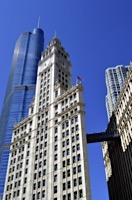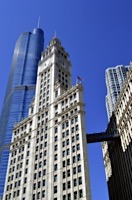
Last Thursday, CNET interviewed Connor Zamary, the creator of 99-cent iPhone app, Toaster Pop. It's a game that allows users to put a variety of spreads on pieces of toast.
Zamary pitched his idea to investors with a self-made PowerPoint, hired an iOS developer, and filed for an LLC.
Oh, and he's seven years old -- which means he's in second grade.
“My dad was telling me about an old-fashion toaster since I never saw one before," says Zamary. "Then it just came to me to create an app, where toast would pop out of the toaster, land on a plate and you would have to butter it with butter,”




















